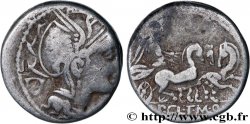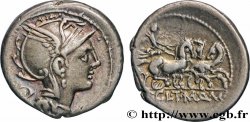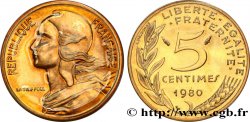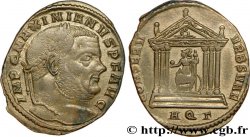v52_0142 - CLAUDIA Denier incus
MONNAIES 52 (2012)
Начальная цена : 225.00 €
Назначить цену : 450.00 €
непроданный лот
Начальная цена : 225.00 €
Назначить цену : 450.00 €
непроданный лот
Тип Denier incus
Дата: 111-110 AC.
Монетный двор / Город: Roma
Металл: silver
Проба: 950 ‰
Диаметр: 18,5 mm
Вес: 3,86 g.
Редкость: R2
Комментарии о состоянии
Exemplaire sur un flan ovale, bien centré. Très belle tête de Rome avec une infime faiblesse de frappe dans la chevelure. Jolie patine grise superficielle avec des reflets dorés
Ссылки в каталоге: :
Происхождение:
Cet exemplaire provient de la liste Kunst und Münzen (Lugano) 30, 1976, n° 58 et de la collection D. J
Лицевая сторона
Аверс: легенда: ANÉPIGRAPHE.
Аверс: описание: Tête casquée de Rome à droite.
Обратная сторона
Реверс: перевод: Incus.
Комментарий
Incus. Pour ce type, M. Crawford a relevé une estimation totale de 727 coins de droit et de 909 coins de revers pour les deux variétés dont 320 coins de droit et 400 de revers uniquement pour notre type. C’est l’un des deniers les plus courants de la République romaine. Ce denier incus est cependant beaucoup plus rare que ne le laissent supposer les ouvrages généraux. Cet exemplaire est illustré dans l’ouvrage de A. Banti, Corpus Nummorum Romanorum, monetazione Repubblicana, vol. III, p. 98, n° 2.
Incus. For this type, Mr. Crawford noted a total estimate of 727 obverse dies and 909 reverse dies for both varieties, including 320 obverse dies and 400 reverse dies for our type alone. This is one of the most common denarii of the Roman Republic. This incus denarius is, however, much rarer than general works suggest. This example is illustrated in the work of A. Banti, Corpus Nummorum Romanorum, monetazione Repubblicana, vol. III, p. 98, no. 2
Incus. For this type, Mr. Crawford noted a total estimate of 727 obverse dies and 909 reverse dies for both varieties, including 320 obverse dies and 400 reverse dies for our type alone. This is one of the most common denarii of the Roman Republic. This incus denarius is, however, much rarer than general works suggest. This example is illustrated in the work of A. Banti, Corpus Nummorum Romanorum, monetazione Repubblicana, vol. III, p. 98, no. 2








 Cообщить об ошибке
Cообщить об ошибке Распечатать страницу
Распечатать страницу Отправить мой выбор
Отправить мой выбор Задать вопрос
Задать вопрос Consign / sell
Consign / sell
 Информация
Информация















